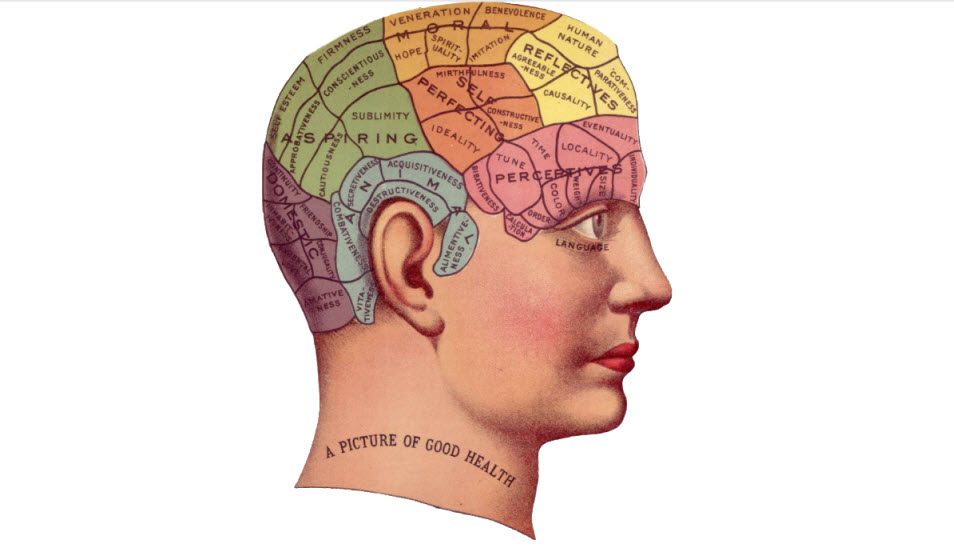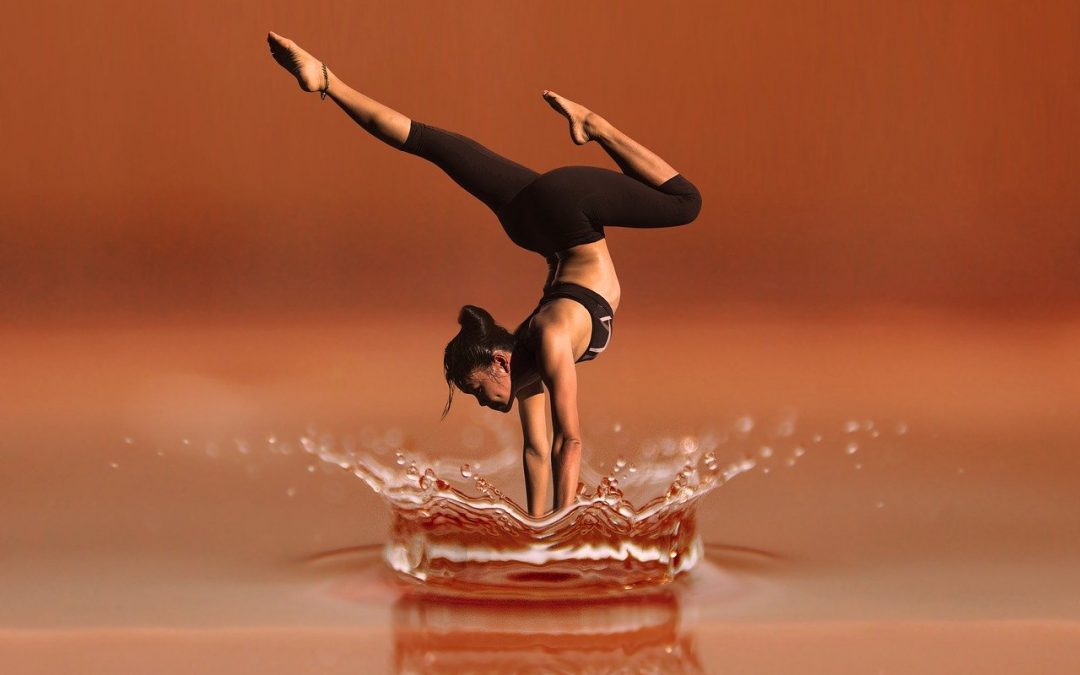
What is the Mind? The Three Minds That Make the Whole
While boating this summer, I came across a book which was written 30 years ago, entitled, “Your Mind Over Matter” by J. Maya Pilkington. I was intrigued to read it and see if it was similar to what we now know about mind-body phenomena.
The opening paragraph is delightful:
“ Your mind is a wonderful facility. You can bring things to mind, keep something in mind and put it out of your mind again. You can be of two minds at the same time, change your mind, and have a mind of your own. It is also possible to read another person’s mind or go right out of your mind!” (p,10)
It is difficult to define what constitutes the mind. It has been been described as: intellectual powers, remembrance, the desire to attain, a way of thinking and feeling, the seat of consciousness and volition. It is difficult to say where exactly the mind is. It is not our brain and yet it works with our brain. It is not like our leg or nose or other body parts that can be seen or touched. Yet we know we have a mind!
The author suggests that there are three minds that work together as one: the body-mind (concrete functions); the astral mind (abstract functions); the intuitive mind (spontaneous functions). Each is part of the whole mind; each is important to the functioning of the whole mind. The order of development of these three minds is as follows:
The Intuitive Mind – during gestation and babyhood, we learn directly through our senses. We touch, suck, stare and listen without reference to memory, thought or commonsense. This intuitive function stays with us as we develop a more concrete view of life. However, it also has the ability to know something spontaneously without apparent thought or reason. It senses or picks up information from the outside world as if through the skin and transmits information to the outside world as if through a radiation of energy.
The Body-Mind – we learn to use all our bodily abilities to distinguish between appearances and reality. This concrete function of our mind remains with us as we learn to think in the abstract during adulthood. The body-mind is all those functions connected with the central nervous system that control the physical, mental and emotional behaviour of the body. The body-mind connection functions whether we are conscious or not. As the saying goes, “Where the mind goes, the body follows.”
The Astral Mind – this is the ability to think about other things while doing something quite different. We can abstract ourselves from reality as it is now and have our minds on something else. If taken to the extremes, it allows us to go out of our body temporarily. When we dream while sleeping, we are said to be “in the Astral Realm”. By allowing our mind to be limitless, we increase our abilities for creative thinking, problem-solving and expression. The Astral Mind is the ability of the mind to step outside the body and view both the body and everything around, in a totally objective, detached and emotionless way. Near death experiences (NDE) and out of body experiences (OBE) are two examples of the Astral Mind taken to its limits.
Intuition has been labeled as primitive, because it is a spontaneous and unprocessed reaction that comes to us as hunches or instinct. Some of these reactions are considered “silly”, especially if our body-mind can’t concretely explain them. But intuitive hunches and instincts can serve us well over time. As we learn to develop and trust our intuition, we come to use that part of the whole mind that has been with us since birth. And if it is the part of the mind that can sense and send energy, then it is a valuable ally to use in many situations.
How do we view the mind today? Intuitive abilities, concrete/logical/mental functions and creative/limitless awareness all combine to create a most complete experience of life and living. The abilities to sense and transmit information via energy has been proven with quantum physics and energetic healing practices. Visualizations and positive affirmations offer the body-mind an opportunity to heal and stay healthy. Meditation, dreaming and creative expression through art, music, writing, etc. are enhanced when the astral mind is allowed to flourish.
Wherever the mind resides, it is important to develop and use all of its potential. By doing so, we discover greater meaning to everything we experience. What we choose to do with this information is up to us. Let’s use our gifts and talents wisely.





Recent Comments